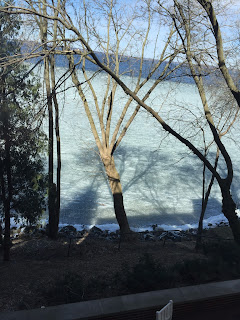Quinn Niego
March 30, 2017
2DS17
This weeks assignment was to revise last weeks stencil and to make a new one with a pattern included. We had to either make a perfect two color stencil with a positive and a negative or a three colored one. I decided that my design would be too difficult to make into a perfect two color stencil so I decided to make a three color stencil. The first piece below is my revised design in illustrator. I added headphones to take up more space and added in cracks on the screen to make the piece more interesting and break up the flawless nature of the iPhone.
The second piece is my revision form the suggestions that were made in class. I chose to change the color scheme to something a little more unorthodox. Apple is mostly sleek and controlled so I decided to use hues that were a little bit more off colored and vivid. This contradicts an iPhone and goes along with the crack in the screen that was part of my design. The screen is eye catching because of the detailed design of the crack, but the saturated orange hue also gives the viewer something to look at.
The third piece is my piece that uses patterned paper. I liked the way that the dark brown hue went with the pattern, but wanted the pattern to have its part too. Therefore, I made the pattern the background. It takes up the most space and the brown hue compliments it well, while also standing out because it it the darkest part of the piece. The light purple is subtle but is involved with the more detailed parts of the piece. Therefore, it also makes its way into the spotlight and enhances the design.






















